Chris Riley
What Developers Get Wrong About Application Quality
#1about 3 minutes
Shifting focus from features to the end-to-end process
Developers often get trapped focusing only on features, but true quality requires considering the entire code-to-cloud journey for the end user.
#2about 2 minutes
Debunking common myths about application quality
Quality is not a slow support activity or someone else's job, but rather a strategic practice of quality engineering focused on automation.
#3about 6 minutes
Treating quality as a feature to increase development speed
Viewing quality as a core feature meets high user expectations and ultimately saves time by reducing future toil and unplanned work.
#4about 1 minute
Advancing your career with a strategic quality mindset
Moving into leadership roles requires a strategic mindset that connects application quality and automation to broader business goals and user adoption.
#5about 3 minutes
Understanding the "shift left" movement and developer responsibility
The shift left trend makes developers responsible for their services in production, which improves efficiency by addressing issues earlier in the lifecycle.
#6about 2 minutes
Exploring the four key dimensions of application quality
A comprehensive quality strategy involves four interconnected dimensions: testing, monitoring, incident response, and business metrics.
#7about 6 minutes
Going beyond unit tests with modern application testing
Effective testing includes code quality scans, security vulnerability checks, and synthetic user monitoring to prevent operational drift and improve UX.
#8about 5 minutes
The developer's role in modern monitoring and observability
Developers are responsible for instrumenting code to generate high-quality logs, metrics, traces, and spans needed for effective observability.
#9about 1 minute
Improving incident response to make on-call less painful
Since developers are always on-call for their code, providing better context through instrumentation helps find the right person faster and reduces MTTR.
#10about 3 minutes
Using DORA metrics to measure engineering's business impact
DORA metrics connect development activities like deploy frequency and change failure rate directly to business value and help identify technical debt.
#11about 3 minutes
Leveraging feature flags and adopting a quality mindset
Feature flags enable safe testing in production, and adopting a code-to-cloud mindset ensures your application reflects a commitment to quality.
#12about 4 minutes
Q&A: How to scale quality practices in large teams
In large organizations, SREs should act as stewards who guide developers through service onboarding and maturity checklists to ensure quality at scale.
#13about 2 minutes
Q&A: Defining effective service level objectives (SLOs)
Effective SLOs combine standard RED metrics (rate, error, duration) with service-specific indicators that define the application's contract with users.
#14about 5 minutes
Q&A: Why you should contribute fixes to open source
Contributing bug fixes back to open source projects is crucial for avoiding future merge conflicts and preventing security issues from unvetted code.
Related jobs
Jobs that call for the skills explored in this talk.
Team Lead DevOps (m/w/d)
Rhein-Main-Verkehrsverbund Servicegesellschaft mbH
Frankfurt am Main, Germany
Senior
Matching moments

13:13 MIN
Maintaining quality with automation and observability
Crew Management System for Airlines: Plan duties for pilots & flight attendants worldwide
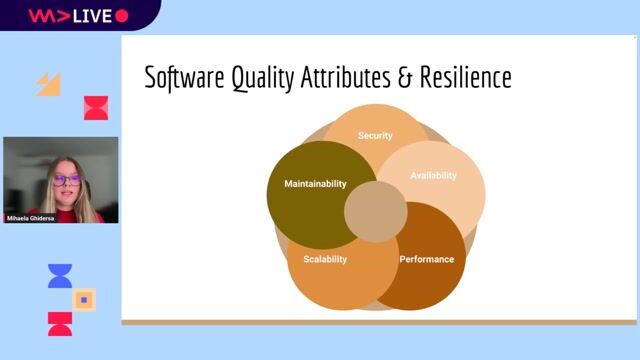
32:29 MIN
A practical starting point for individual developers
System Resilience: Surviving the Software Storm

32:01 MIN
Key focus areas for improving your DevOps practices
The journey from developer to devops - what i've learnt along the way
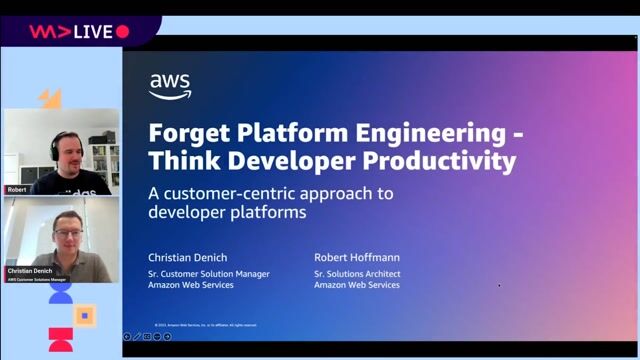
00:03 MIN
Shifting focus from platforms to developer productivity
Forget Developer Platforms, Think Developer Productivity!
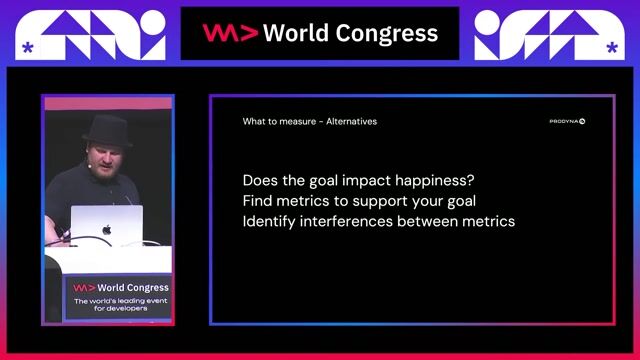
16:34 MIN
Practical metrics that improve developer experience
Do you know how fast you were developing?
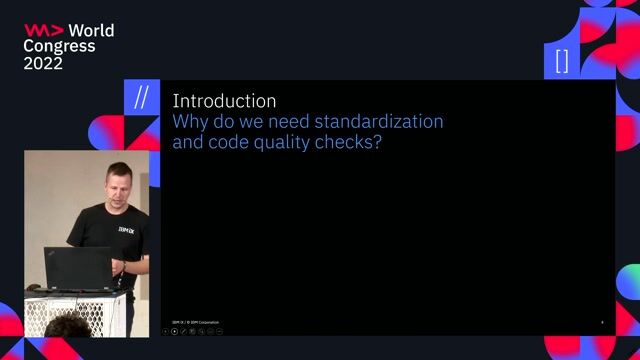
03:00 MIN
The business case for standardizing code quality
Automated Code Quality Checks with Custom SonarQube Rules

27:18 MIN
Enforcing quality gates and improving developer experience
Enabling automated 1-click customer deployments with built-in quality and security

17:34 MIN
Q&A: Implementing DevOps and advocating for change
Shifting Stress to Progress— Understanding DevOps to do DevOps Better
Featured Partners
Related Videos
 43:00
43:00Shipping Quality Software In Hostile Environments
Luka Kladaric
 23:19
23:19The Affordances of Quality
Steve Upton
 41:51
41:51Why shifting left is so important for software developers
Jemiah Sius
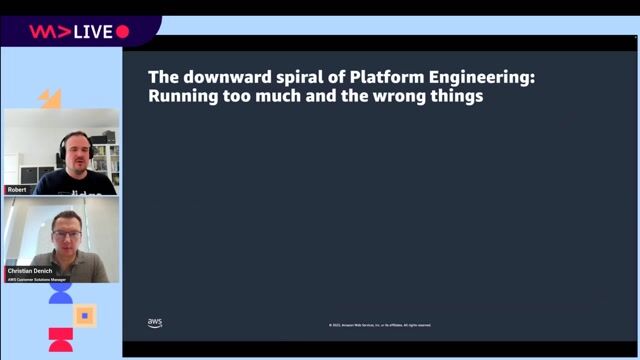 57:45
57:45Forget Developer Platforms, Think Developer Productivity!
Robert Hoffmann & Christian Denich
 47:22
47:22Continuous testing - run automated tests for every change!
Christian Kühn
 58:40
58:40Platform Engineering vs. DevOps Why not both?
Christian Strack
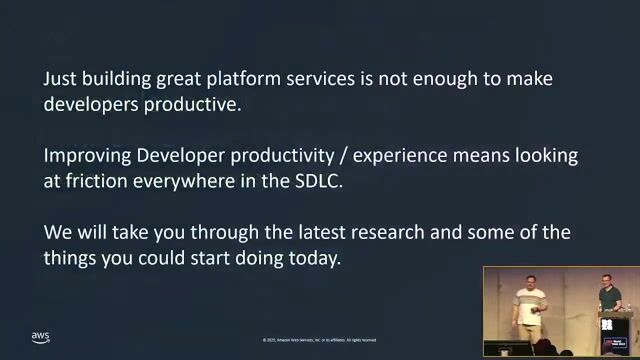 23:03
23:03Forget Developer Platforms, Think Developer Productivity!
Robert Hoffmann
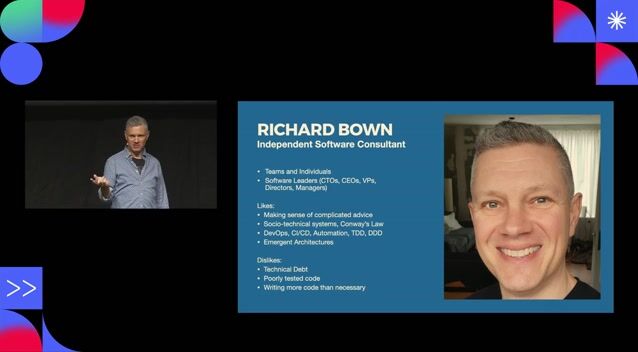 23:44
23:44The QUEST for Better Software
Richard Bown
From learning to earning
Jobs that call for the skills explored in this talk.

DevOps Engineer – Kubernetes & Cloud (m/w/d)
epostbox epb GmbH
Berlin, Germany
Intermediate
Senior
DevOps
Kubernetes
Cloud (AWS/Google/Azure)





Software Quality Engineer, full- or part-time
Omicron Electronics Gmbh
€42K
Junior
GIT
Linux
DevOps
Python
+1



Implementing DevOps Solutions and Practices using Cisco Platforms Schulung (DEVOPS)
Incas Gmbh
GIT
Bash
Linux
DevOps
Python
+3